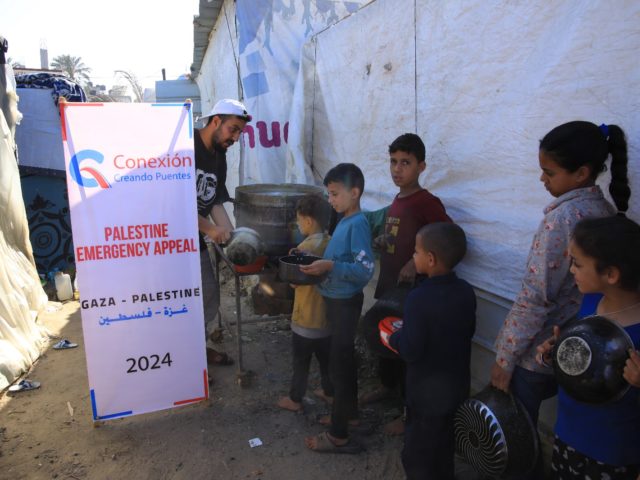Picture caption at page bottom
In the Philippines, more than one million people leave the country every year in search of opportunities abroad. Owing to its labour export policy that traces its roots to the Marcos dictatorship in the 1970s, the Philippine government regularly promotes migrating for the purpose of employment as a means to curb poverty and stabilise the economy. Albeit often unofficially acknowledged, climate change is also driving migration in the country, which is one of the most vulnerable to the impacts of extreme weather events such as supertyphoons and severe droughts.
In rural areas where climate change is acutely felt, a lack of protection and adaptation mechanisms on traditional sources of livelihood such as agriculture, fisheries and forestry is driving internal migration within the country. This is evident in the aftermath of climate disasters such as Typhoon Haiyan in 2013, where some 4.1 million were displaced and were forced to find livelihoods elsewhere. Every year, the Philippines experiences at least 16 typhoons, which is intensifying and becoming more frequent in the face of accelerating climate change. It is predicted that more people will be displaced and forced to make a livelihood elsewhere in the coming years unless critical policy interventions are made today.
In many cases, the first to seek employment opportunities abroad in Filipino families are the women. This has led to the ‘feminization’ of labour migration in the Philippines, as Filipino female nannies have become a ubiquitous presence in Global North nations, including Spain. This also means that Filipino women must simultaneously navigate the various challenges of migration: integrating into a foreign society, performing their professional duties and even learning a new language while also raising their own children and families over Skype calls and texts. These are only some of the ‘invisible’ struggles that many migrants endure but is more apparent for women who also grapple with discrimination wherever they may live.
As the world contends with the realities of climate change, providing safeguards and protection to migrants must become a priority. Governments must acknowledge that climate change will drive the rise of internal refugees and climate migrants globally. Hence, the calls for governments and the private sector to step up climate action and prevent further climate chaos is the most pressing challenge of our times.
Alanah Torralba
21st November 2022
Picture taken by Alanah Torralba: Residents of Tacloban City in the Philippines flee their homes in the immediate aftermath of Typhoon Haiyan in 2013. Some 6,000 people were killed and more than 4 million were displaced due to the climate change-fueled disaster.





